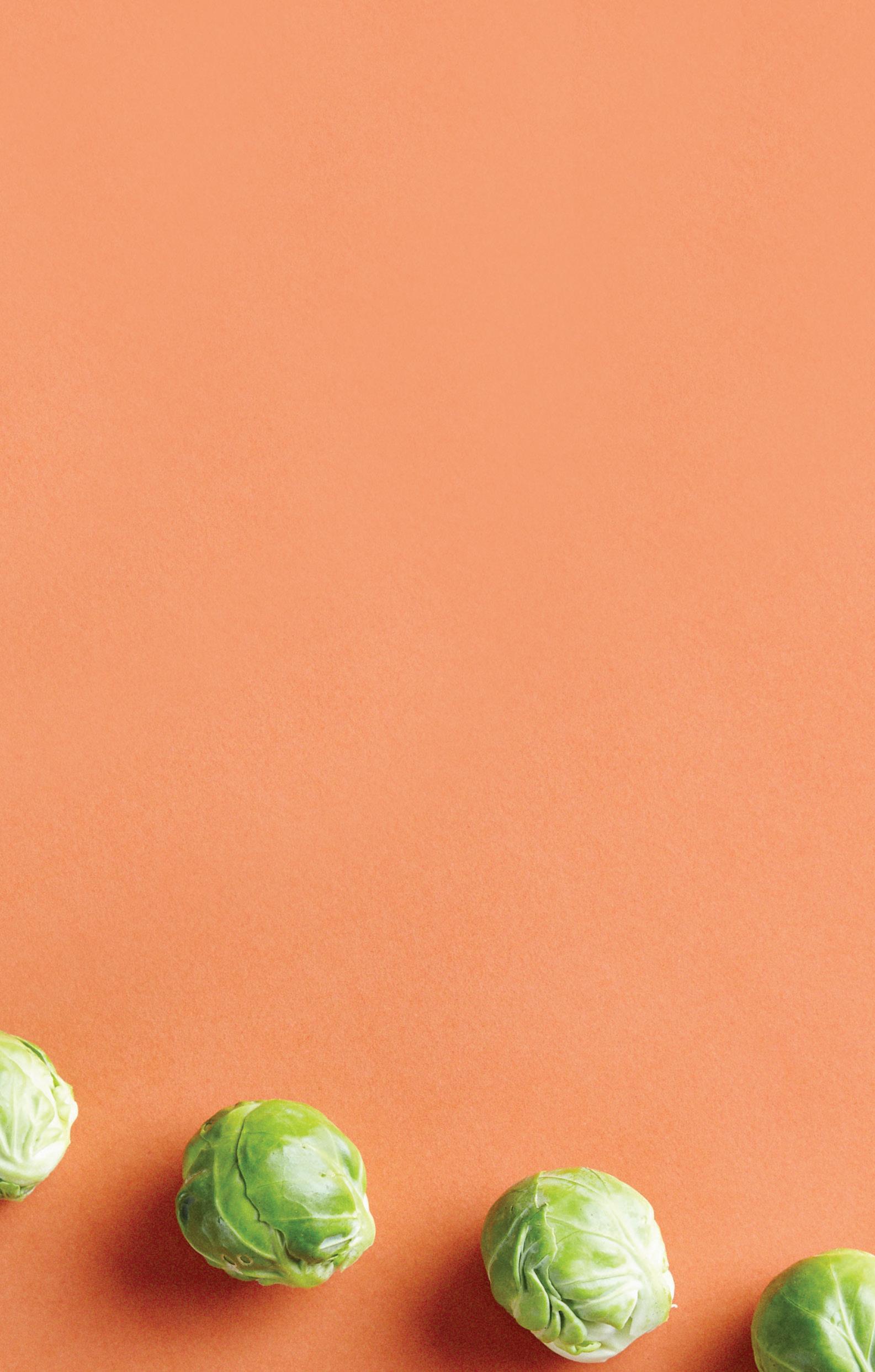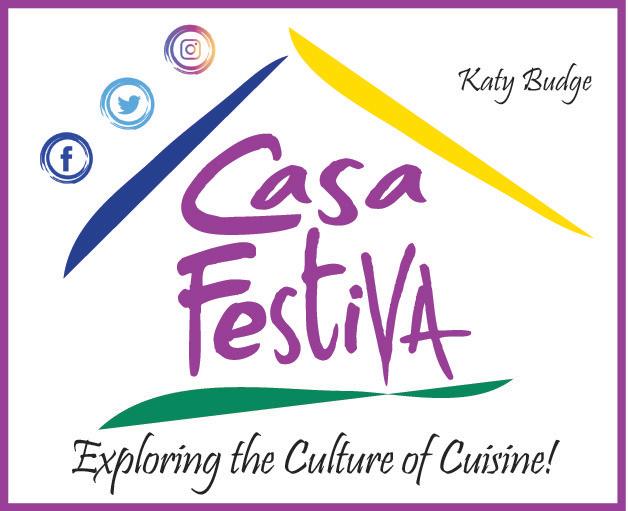
1 minute read
Small but Mighty Brussels Sprouts
behold the Small
but Mighty Brussels Sprouts! by Katy Budge
These members of the cabbage family pack a lot of nutrition into their tiny packages. While being low in calories, they’re high in fiber, antioxidants, minerals, and Vitamins C and K.
Sadly, according to a 2008 survey, Brussels sprouts are among the most hated vegetable in America. If you’re someone who feels that way, chances are you haven’t had them properly prepared. If they’re overcooked, they’re mushy and smell like sulfur. Undercooked, and they’re fibrous and tough.
Here are some tips to unlock the best from your Brussels. Buying: Look for small, compact sprouts. These will be sweeter and tenderer than larger sprouts. If you can buy them on the stalk (yes, they grow on long, tall stalks!), they’ll last longer. Preparing: Trim the tougher ends off, and peel off any outer leaves that look brown or yellow. Cut the sprouts according to how you’ll be eating them – i.e., whole or half for roasting, quarters for stirfrying, finely chopped or even shaved for raw salads. If you are roasting your Brussels, consider a quick parboil – that will get the insides moving towards tender before the outside is submitted to the high heat that results in the tasty, crispy outside leaves. Roasted sprouts also take well to various seasonings, especially balsamic vinegar and/or blue cheese crumbles! Brussels sprouts can also ably sub for their cabbage family members. Think about them when making cole slaw, braised sausage dishes, and even colcannon – the traditional Irish dish of mashed potatoes and cabbage.
And finally … yes, they are called Brussels– capital B and plural – sprouts. They’re named for the Belgian capital due to their extensive cultivation there as early as the 13th century.











